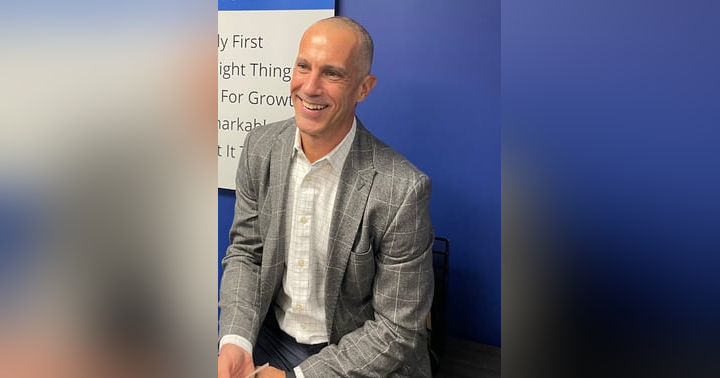
A Childhood of Independence and Loss
In the quiet warmth of Honolulu, Hawaii, Jeaneen Tang's story began with the kind of childhood that balances sunlight with shadows. Raised by a single mother after her parents' divorce, she learned early on how to move through life with both grace and grit. Her grandfather, a quiet yet steady presence, filled the role of father figure in her early years. But when she was just eight, his passing carved a silent absence in her world, one that would shape the very heart of her calling.
It was in that space of loss that something sparked. Jeaneen didn’t have the words for it then, but she knew she wanted to help people—especially those who felt unseen or unheard in their struggles. First, she imagined herself as a teacher. Then, in high school, physical therapy seemed to offer a way to mend others in the way she wished she could have helped her grandfather. But clarity didn’t come easily. College brought more questions than answers. That is, until someone mentioned speech therapy.
Discovering Her Calling
Curious, Jeaneen began to research. The more she learned, the more it felt like a homecoming. Speech-language pathology, she realized, was about giving people the ability to express, to connect, to be understood—especially children, whose futures are shaped by their ability to communicate.
The University of Hawaii at Mānoa offered a path forward, and she stepped into it with a quiet determination. As she immersed herself in the study of language and childhood development, Jeaneen saw just how foundational communication is—not only for learning, but for confidence, relationships, and emotional well-being.
A Detour into Storytelling
Life, however, rarely moves in a straight line. After graduation, Jeaneen headed to Los Angeles, drawn by another passion—acting. Between auditions, shifts in restaurants, and part-time work as a speech therapist, she searched for the right balance between creativity and purpose. And as time passed, she realized that helping children find their voice brought her more fulfillment than anything she experienced on stage.
Her own journey into motherhood deepened this passion. She saw, firsthand, how even well-meaning parents could unintentionally limit a child’s opportunities to speak by anticipating their every need. These quiet observations began to grow into something more: a philosophy, and eventually, a book.
The Playful Power of Communication
The title raised eyebrows: Play Dumb and Sabotage. But behind the provocation was a warm and deeply practical message—children need space to practice language. Caregivers often do too much for them, guessing their needs before they ever get the chance to say the words themselves.
So Jeaneen crafted a simple, powerful framework. First, Play Dumb: Instead of guessing what a child wants, a parent pretends not to know. When a toddler points to a toy, rather than handing it over, the parent might ask, “Do you want the ball or the car?” That question nudges the child toward using their voice.
Then, Sabotage: It’s not as harsh as it sounds. It’s about creating small, intentional obstacles—a cup with no straw, a puzzle with one piece hidden—little moments that motivate children to communicate their needs. In these simple shifts, Jeaneen saw remarkable growth in children’s language development.
Turning Experience into Empowerment
Her book is not a textbook. It’s a conversation—accessible, engaging, and actionable. It’s written not for specialists, but for parents, caregivers, and educators who live in the real world, who want to help children without adding more stress to their days.
Beyond the book, Jeaneen has expanded her reach with courses, speaking events, and an ever-growing digital presence. She envisions a future that includes a podcast and perhaps even a TED Talk—new ways to share her message with those ready to listen.
Because at the heart of it all is a simple belief: that every child deserves the chance to be heard, and every adult can learn how to make that possible.
Key Takeaways
- Communication Development Starts Early – The more opportunities a child has to practice language, the stronger their skills become
- Caregivers Can Foster Language Through Small Changes – Simple strategies like pausing before responding or offering choices can significantly impact language growth
- Mistakes Are Part of Learning – Children shouldn’t fear getting words wrong; language learning thrives on trial and error
- Play Is the Best Teaching Tool – The more engaging and interactive language practice is, the more a child will learn
- Empowerment Begins with Awareness – Understanding how language develops allows parents and educators to create an environment that supports communication growth
Jeaneen Tang’s journey—from a little girl navigating loss to a woman helping others find their voice—is a testament to how one life can quietly reshape many. Through her work and her book Play Dumb and Sabotage, she continues to remind us that language is more than words. It’s connection. It’s confidence. It’s the start of everything.
To learn more about Jeaneen’s work, visit PlayDumbandSabotage.com, follow her on Instagram @playdumbandsabotage, or find her book on Amazon.











